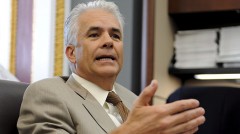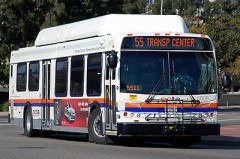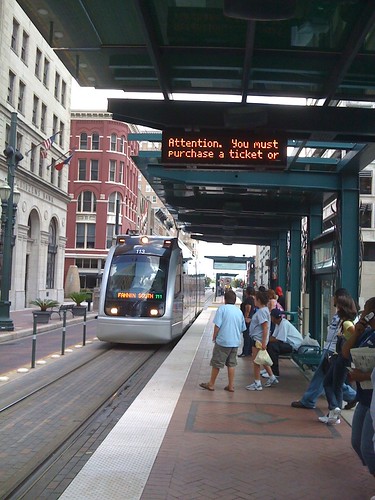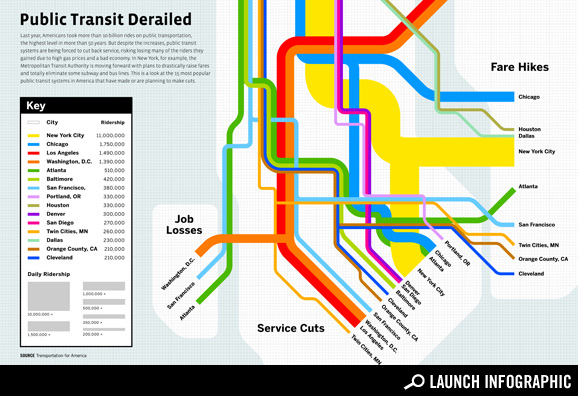 Last week, an offhand comment by Republican Senator John Ensign about the link between health and transportation policy didn’t make the headlines, but it did make an interesting connection.
Last week, an offhand comment by Republican Senator John Ensign about the link between health and transportation policy didn’t make the headlines, but it did make an interesting connection.
Ensign was wrong in asserting that the United States has the highest life expectancy among developed countries when gun and automobile accidents are ignored. But he was on target when he mentioned America’s auto-dependent ways and how that negatively impacts our health.
Compared to Europe, “we’re just a much more mobile society,” he said. “We drive our cars a lot more, they do public transportation. So you have to compare health care system with health care system.”
While misunderstanding mobility as just traveling a high number of miles, Ensign correctly implies that driving more and walking less contributes to poor health and makes us more prone to death (in a car) than our European neighbors, which the data suggests to be true. The most obese cities in the United States — Miami, Oklahoma City and Ensign’s own constituents in Las Vegas — are known for their auto-oriented sprawl.
A recent study in the Journal of Physical Activity and Health confirms a correlation between the more active walking habits of Europeans and lower obesity rates, backing up American research from earlier this decade by Smart Growth America and others showing that residents of sprawling places are more likely to be obese.
If we want to boost mobility while bringing health costs down, we need our transportation policy to create more travel options for everyone and make it safer and easier to walk and bike.
Mobility isn’t an end of itself, nor is it just about going long distances on a regular basis. Mobility is about access to destinations and opportunity. We’re spending hours in the car not because ordinary Americans think that having high “mobility” is important — we’re doing it out of necessity just to get around our increasingly spread out cities.
No one would argue that our transportation priorities are the driving force — no pun intended — behind lower health outcomes. But there is enough evidence to suggest they should be a serious part of the discussion.




 A recent California Supreme Court decision could restore billions in funding for public transportation in the nation’s most populous state.
A recent California Supreme Court decision could restore billions in funding for public transportation in the nation’s most populous state.


